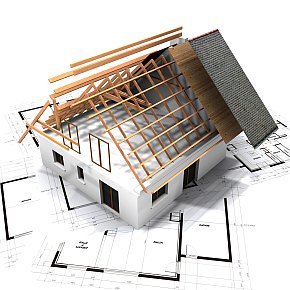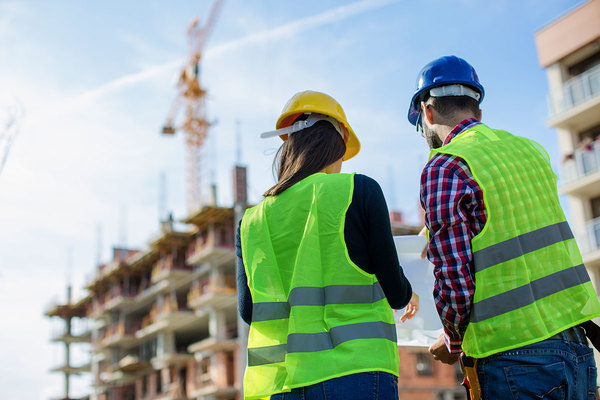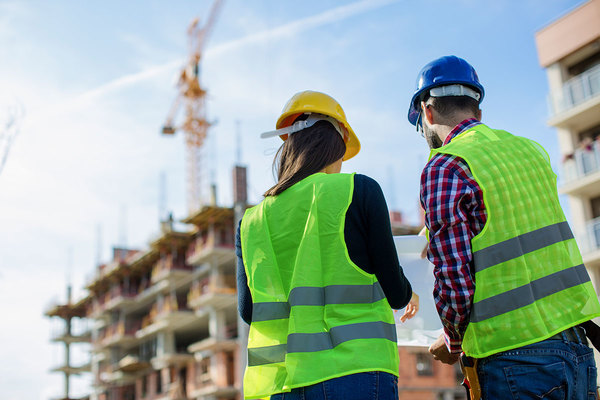Why The building act 1984 is important in construction
What is the building act?
The building act 1984 is a UK regulation consolidating previous legislations concerning the construction process, and the design and specifications for building and their component parts.
Why was the act introduced?
It empowers the secretary of state to make regulations for the purpose of:
Securing the health, safety, welfare and convenience of people in or about building. As well as, others who may be affected by buildings or matters connected with buildings.
What is the purpose of the building act 1984?
So, the building act sets out the legislative framework for the building control system.
The building act empowers and obliges local authorities to enforce the regulations in their areas. These regulations include:
- A right of entry into buildings of prosecution
- Enforcement in relation to non-compliant building work
- Dangerous structures and demolitions.
- Setting the status of approved documents
What happened if you don’t follow the regulations?
First, the local authorities may prosecute them in court where an unlimited fine may be imposed. Also, prosecution is possible up to two years after the completion of the offending work.
Here is an example of a man who went against all building regulations –
Mohammed Ali Khan labelled a reckless homeowner, illegally knocked down his £800,000 3-bedroom, West London home. Then, Khan got a contractor to demolish the property without any permission from the local authorities.
Furthermore, the councils building control services investigated after worried neighbours contacted the authorities over safety concerns.
Finally, Khan was taken to court where he denied two charges of breaching the building act 1984. In addition, Khan was found guilty and ordered to pay a fine of £6,043.34. Despite the prosecution, there is still a ‘dangerous structure notice’ in place which will remain until the remaining front façade is removed or the house is re-built, the council said.









